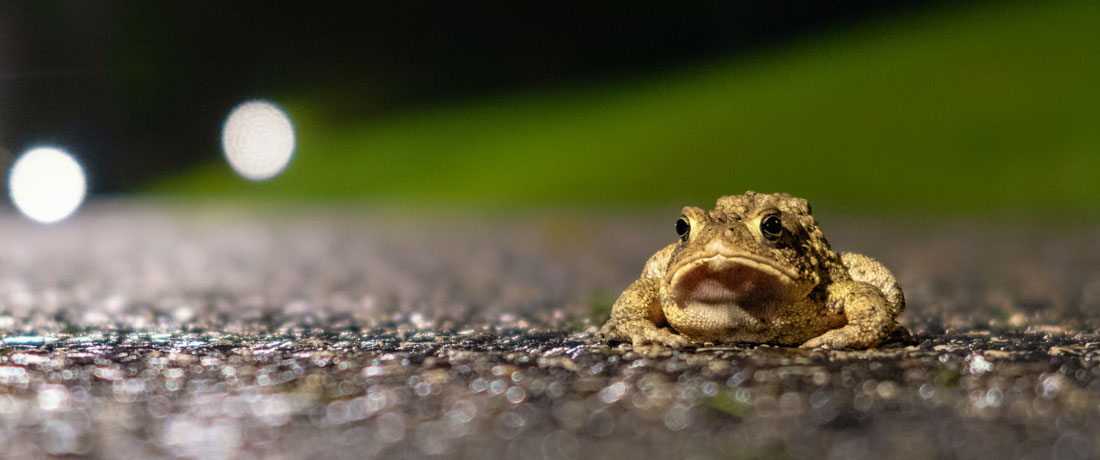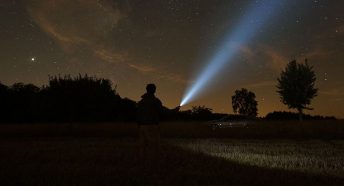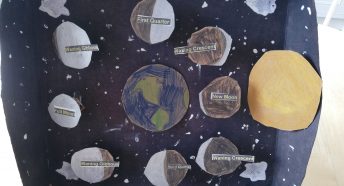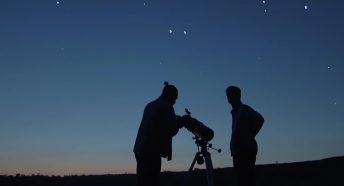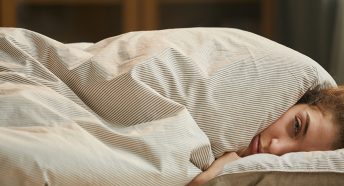Animals and light pollution
Most of us, when talking about light pollution, are probably thinking about it in terms of how the orange or blue glow from street lights affects our view of the night sky.
On even the clearest nights there is usually a slight mistiness in the air, accentuated by environmental lighting that helps us navigate villages, towns, and cities after dark. While the impact of light pollution on us is relatively minor, it can have significant effects on wildlife.
The cycle of a day’s light and dark are key to helping animals regulate their behaviours, such as eating, sleeping, and protecting themselves from predators. Scientific evidence shows that the artificial lighting we use at night interferes with these behaviours, causing harmful effects on animals, insects, and plants, that we share the planet with.
Predators use the cover of darkness to hunt for food, while prey animals make use of night time as cover from those predators. On a cloudy night near a city the night sky can be hundreds of times brighter than it was just a couple of hundred years ago, and as cities expand the problem of light pollution is set to worsen.
Light pollution affects animal and plant life all over the world, and may even be affecting animals that you have in your own garden. For example, juvenile toads are more active during light-polluted nights than those who live in areas where the sky is dark. The effects of this increased activity lead to reduced growth and lower survival rates, which, of course, has a knock on effect in the population.
It’s likely that you’ve seen insects buzzing around light bulbs, or following your torch when you’re out in the dark. The reasons that insects do this isn’t known for certain, but it is understood that nocturnal insects, such as moths, are less active in areas that are well-lit at night, which has an impact on the population of animals that feed on them.
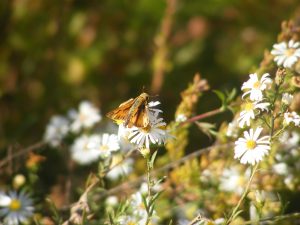
After hatching on the beaches of Florida, sea turtles are drawn to the difference between the darkness of the sea and the lightness of the night sky. However, many are instead attracted to the brighter lights of nearby towns, and so are lost as they head away from the relative safety of the ocean.
While street lighting is important to help people feel, and be, safer at night, government agencies can look at alternative ways to light our towns and cities. For example, smart lighting that only illuminates when required – as people are passing – rather than having street lighting that is illuminated all night. Take a look at our map of the brightest and darkest areas in the UK.
It sometimes feels that some environmental challenges are too big for individuals to overcome, but if a lot of people make small changes, such as making sure outside garden lights are turned off or campaigning for smarter street lighting, those big challenges can soon be beaten. There are some useful pointers on how you can help take action about local light pollution below:
Take action about local light pollution
